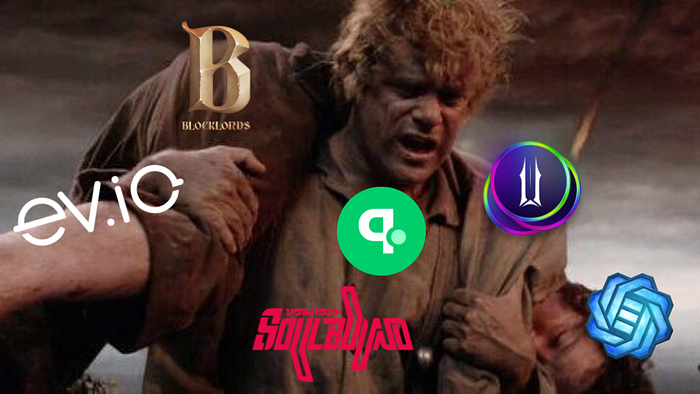
What comes to mind when you think of a quest? Perhaps you envision Frodo and Sam on their journey to Mount Doom, or you think of countless days grinding in World of Warcraft for gold.
Web 3 Questing infrastructure is a new user acquisition method that will reshape how we engage and reward communities moving forward. Quests allow users to complete gamified tasks in exchange for crypto, NFTs, and soul-bound tokens — SBTs. These tokens can then be converted into fiat or can provide reputational benefits for a user’s digital ID.
In essence, you can get paid for doing mundane tasks like following a company on Twitter, joining their Discord, reading their White Paper, and even sharing what you have learned on socials as a form of UGC marketing.
There are several players innovating in this space already.

DeQuest focuses on Web 3 gaming with deep questing capabilities that create a world of reward incentives as a user acquisition play for game companies.

Polkastarter Gaming takes Web 3 gaming quests to the next level by layering on a content marketing element that makes the site a trusted source on Web 3 gaming news and reviews. The reviews and creator content from Polkastarter serve as the inbound funnel for new users who can then delve deeper into their favorite gaming ecosystems with direct rewards incentives through questing.

Finally, I have to mention Soulbound a cross-game, player acquisition, engagement, and retention platform that is building a white-label solution for companies to create native quests for their platform.
Needless to say, there is a lot of innovation happening here and various companies are competing to build questing infrastructure that can onboard new users at scale. However, it’s worth noting that questing is not an entirely new phenomenon.
Versions of this have existed in the past.

Gleam is probably the most popular platform that comes to mind. Gleam contests are one of the best ways for new companies to scale their users through raffles. Users will perform mundane tasks like email registration, following on socials, linking to Discord, etc. to earn tickets that are entered into a raffle for rewards. Although users are not directly paid for completing “Quests”, you can see where the inspiration for many modern questing platforms came from.

Another interesting inspiration for questing is the early Learn to Earn integrations on Coinbase. I remember the pitch ”Learn about crypto to get rewards”. I would flip through a few slides with information about a new coin followed by a quiz. Upon completion, I would get rewarded in crypto. This was how I acquired my first GRT, AMP, and NEAR tokens. Although the learn-to-earn model has a different feel to it, the underlying foundation is questing.
I didn’t realize it at the time but one of the ways I was onboarded to crypto was through questing.
Perhaps you were as well.
As always thank you for reading.
Follow me on socials:
https://linktr.ee/wasifmrahman